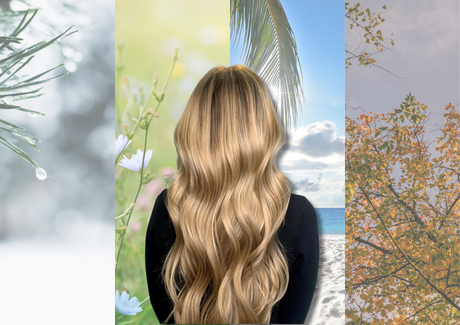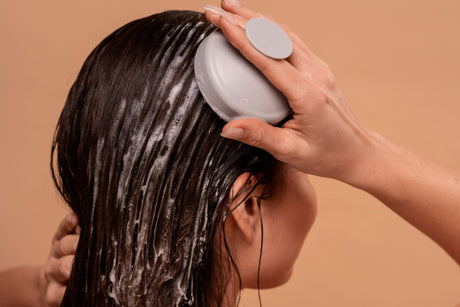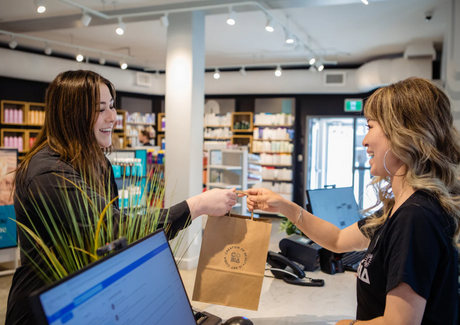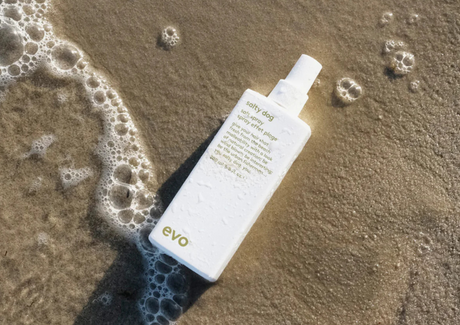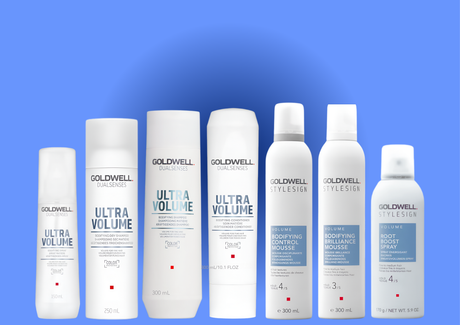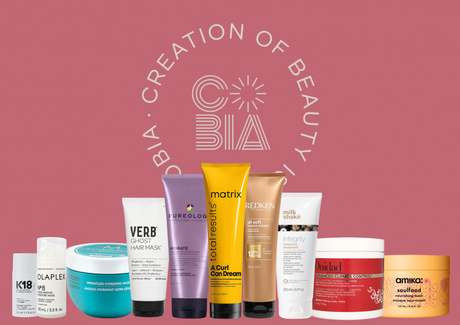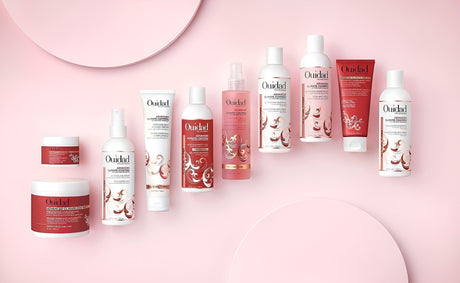For years now, there has been a lot of talk about sulfates in hair care – are they good for you? Are they bad for you? We are here to give you all the details and debunk the common myths surrounding sulfates.
The Basics
Let’s start with the basics – what is a sulfate? Sulfates are simply a group of chemicals with the same basic formula (SO42-). And let’s not be chemical-phobic from the start here, chemicals make up every single thing in life: Water? H20. Salt? NaCl. Alcohol? C2H5OH. Some are more complicated than others, but everything in life is made up of the elements on the periodic table. So back to sulfates – in hair care, there are a couple of main types you will see on the ingredient lists: Sodium Lauryl Sulfate (SLS or SLES) and Sodium Laureth Sulphate (SDS). They are both commonly misunderstood but let us take you through why you might need to give them another chance!

Why Are Sulfates Found in Shampoo?
Let’s take a step back and think about it like this: What is the main goal of using shampoo? To clean our hair. What are sulfates extremely effective at doing? Cleaning our hair. So why have we been trained to avoid sulfates? Sulfates are very effective at removing impurities such as product build-up, grease, and dead skin through a micellular effect – this is where impurities are attracted to a group of sulfates, causing them to become suspended in water and making it easy to rinse out. Sulfates are SO GOOD at doing this but then comes the question – why is there a big push to avoid them? Back in the day, irritation and dryness were attributed to sulfates in your shampoos – they were stripping your natural oils and making your hair dry and irritated. However, we have come a LONG way since this discovery and the concentrations of these ingredients have been optimized to prevent this issue, especially in higher-end hair care. In addition, lots of research has been conducted to find more gentle and milder versions of these effective ingredients. The difference is in the formulas: SLS and SDS are essentially the same except that SDS has a varying number of ethoxy groups (basically just a couple extra oxygen, carbon, and hydrogen atoms) in the structure. It is the incorporation of these ethoxy groups that makes SDS a milder sulfate vs. SLS. The more ethoxy groups added, the milder it becomes.
You might have recently seen The Ordinary release a new haircare collection including a 4% sulfate shampoo – this shampoo incorporates a sulfate with 2 ethoxy groups, making it a mild version of the once disowned and avoided SDS/SLS. This recent launch is the perfect push to address this age-old issue of avoiding sulfates. The Ordinary stood up for the science and is delivering it to the people without trying to hide it on their ingredient list – they are displaying it loud for everyone to see and we couldn’t be more onboard.

The Alternatives
Now you might be thinking –no sulfates for me, I use sulfate-free shampoo only! And that is totally okay if that is your preference and these products work for you – no judgment here! Lots of sulfate-free shampoos work well for people and we aren’t here to stomp on your parade, we know that everyone has different needs and hair types. Some people also have a sensitivity towards sulfates just like some people have a sensitivity towards dairy, gluten or pollen – we get it, everyone reacts to things differently. However, a lot of sulfate-free formulas use replacement ingredients that are much milder in comparison to sulfates – you might be thinking “well isn’t that the answer then?” – not exactly. To be effective at cleansing, a LARGE amount of these alternative ingredients needs to be incorporated which defeats the whole purpose. Sometimes they are even too mild and are not effective at cleansing at all – leaving you with build-up and greasy hair post-shampoo. Similarly, sulfate alternatives have been used in certain products such as Olefin Sulfonate, which is known to be more effective at cleansing than sulfates – but is that really a good thing? The whole argument of avoiding sulfates is to avoid the “harsh” cleansing power they deliver - so using other, stronger ingredients that simply aren’t SLS/SDS is not the solution and can actually be worse for your hair in the long run!
Common Sulfate Myths
Another myth when it comes to sulfates is that they strip your hair colour. For those who spend time and money at the salon getting their hair done, this is a HUGE no-no. However, this is just a myth! Shampoos with sulfates do not strip your hair any more than any other cleansing shampoos. As soon as your hair is wet, the cuticles swell and color loss can occur – this is not caused by sulfates but will occur regardless of the shampoo you use. Colour-safe shampoos typically incorporate additional amino acids, and proteins to strengthen the hair cuticle and counteract the damage that dyeing can cause – in fact, TONS of colour-safe shampoos still contain SLS/SES as the main cleansing ingredient.
Other common myths related to sulfates are debunked in this article by Bondi et. al. which covers the misinterpretation of data in past studies related to sulfates including their toxicity, carcinogenicity, and environmental effects.
We encourage you to do your own research here – find what works for you but do not avoid sulfates simply because you have been trained by the media to do so – they might be your best friend in keeping your hair clean and healthy – you be the judge! At COBIA we offer a huge range of formulas so have anything that you might be after, so if you’re still skeptical and asking yourself “where to buy sulfate-free shampoo in Canada” – look no further than the shelves of our salons or our online store. Have more questions? Reach out to our team, we are here to help!





